African Safari Adventure: Part 2
Emily Wilson brings us part two of her African adventures!
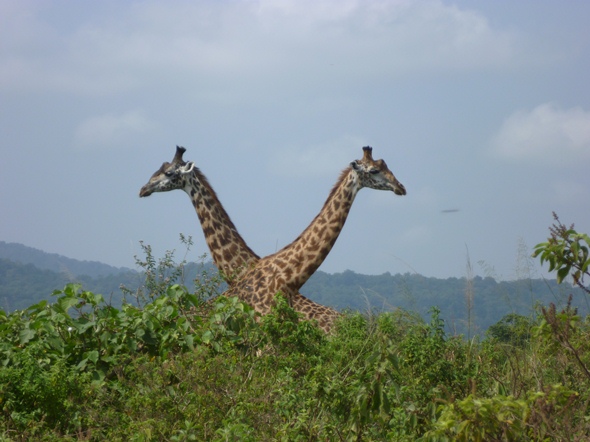 Image: Emily Wilson
Image: Emily Wilson Part 2: Arusha, Tarangire and Lake Manyara
Our first stop was Arusha National Park, with its humid, wet climate and lush green vegetation. We set up camp speedily. Desperate to start our experience, we went by foot along the Ngurodoto trail to a waterfall. It was here that we had our first true wildlife experience – less than 20m from a female giraffe and her calf – only the beginning of what I was about to experience.
The next day we explored the park by truck, visiting the Mombella lakes, where we spotted flamingos and hippos. The open grasslands, wet with the constant light rain, were full with zebra, waterbuck and varieties of birds. We then saw our first black and white colobus monkeys, as well as blue monkeys, while watching amazing views from the peaks of the park. That afternoon we packed up camp and headed on to Kwakuchinja, where we planned to stay for 3 nights. Unfortunately, this was when we first broke down. After being towed to camp, tents were being put up in the dark. It was stressful, but everyone was around to help.
Kwakuchinja fell between Tarangire and Lake Manyara national parks, close to two of Tanzania’s most important conservation areas, and yet an excellent camping spot to save money. We spent the following day exploring the surrounding area while they attempted to fix the UniMog – Mr Mushi, the botany expert from CAWM told us all about acacia trees, which are prevalent in the national parks. While on this walk I improved my bird identification skills, particularly those of the hornbills – a really charismatic species of big-billed birds.
The following day we visited Tarangire National Park, where my childhood dream of seeing an elephant herd in the wild was realised, followed by the sighting of more giraffe, zebra and even dik dik. I also indentified two of the most spectacular birds I’ve ever seen: first the secretary bird, a prehistoric like species with quite a peculiar walk, and secondly the superb starling, a significant pest in Africa with absolutely stunning electric blue feathers and crimson eyes. In the evening we drove to the remnants of the Lake Manyara, dried up due to the worst African droughts for decades. From here I my gained my first glimpse of the Great Rift Valley.
Our final day there was spent at Lake Manyara National Park. It was a stark contrast, with its thick green forests fed by numerous underground springs, and a greater number of bird and animal species. At one point a juvenile male elephant crossed the path of our truck, making everyone’s eyes light up.
So, what about the quality of the campsites? Arusha was wet and isolated – we had the area and one toilet block to ourselves. Kawkuchinja, in comparison, was a shocker. There were drop toilets in wooden huts, with doors that wouldn’t lock, and bats brooding in the cavern below – one flew straight at me. The next part of our adventure began on our travels to the Ngorongoro Crater Conservation Area.

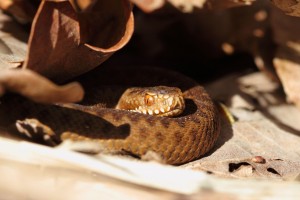
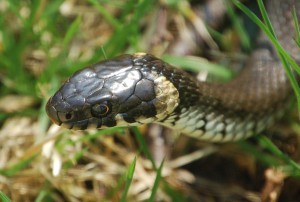
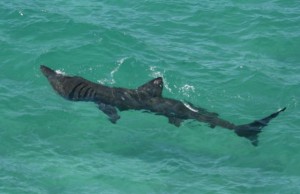
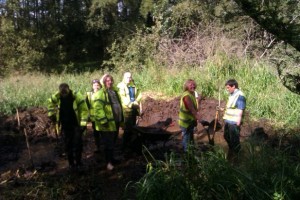
No comments yet.